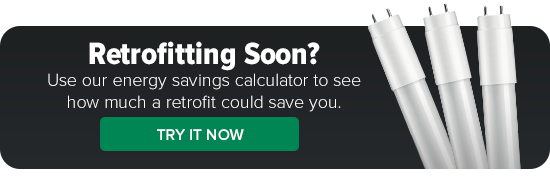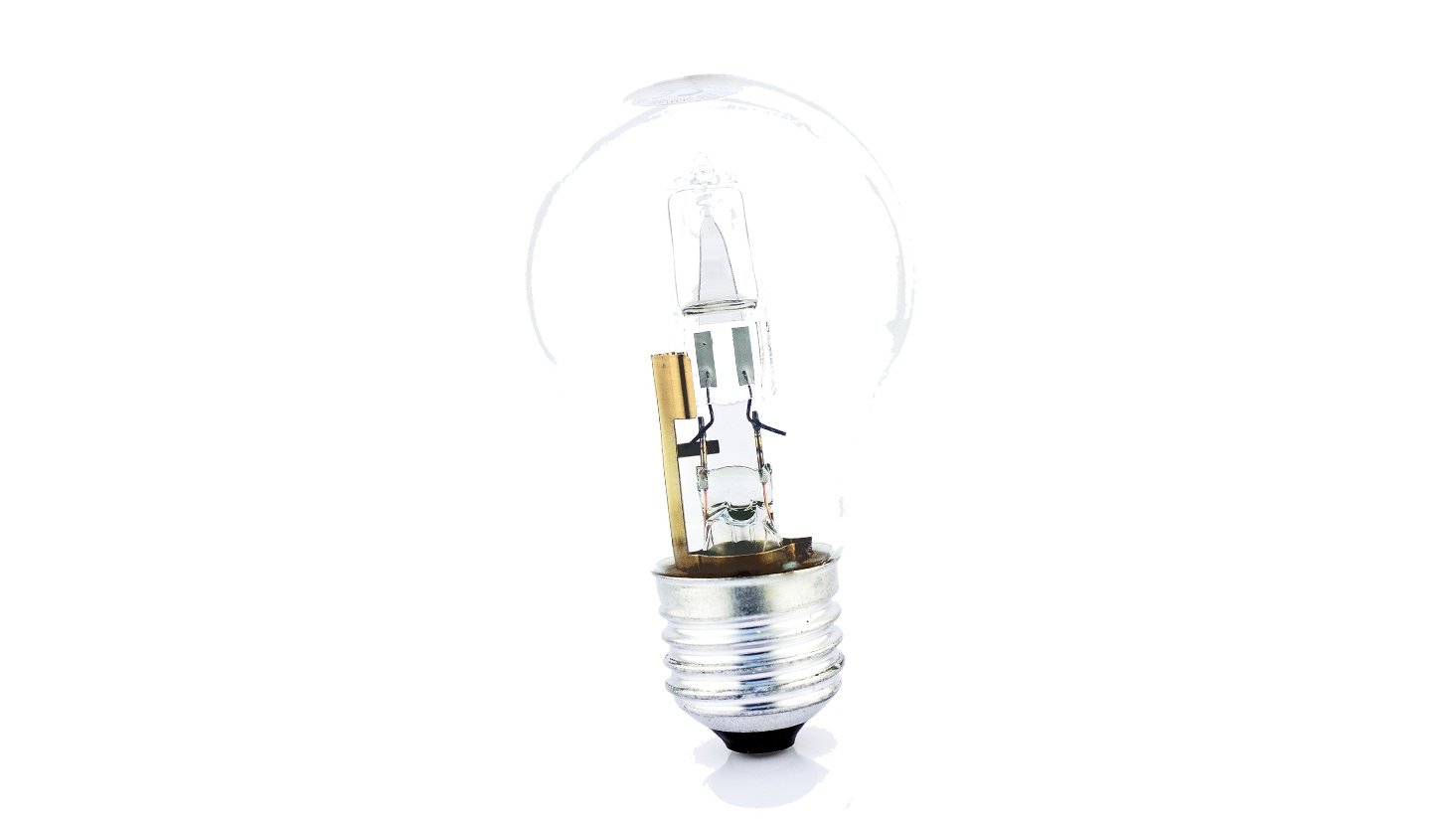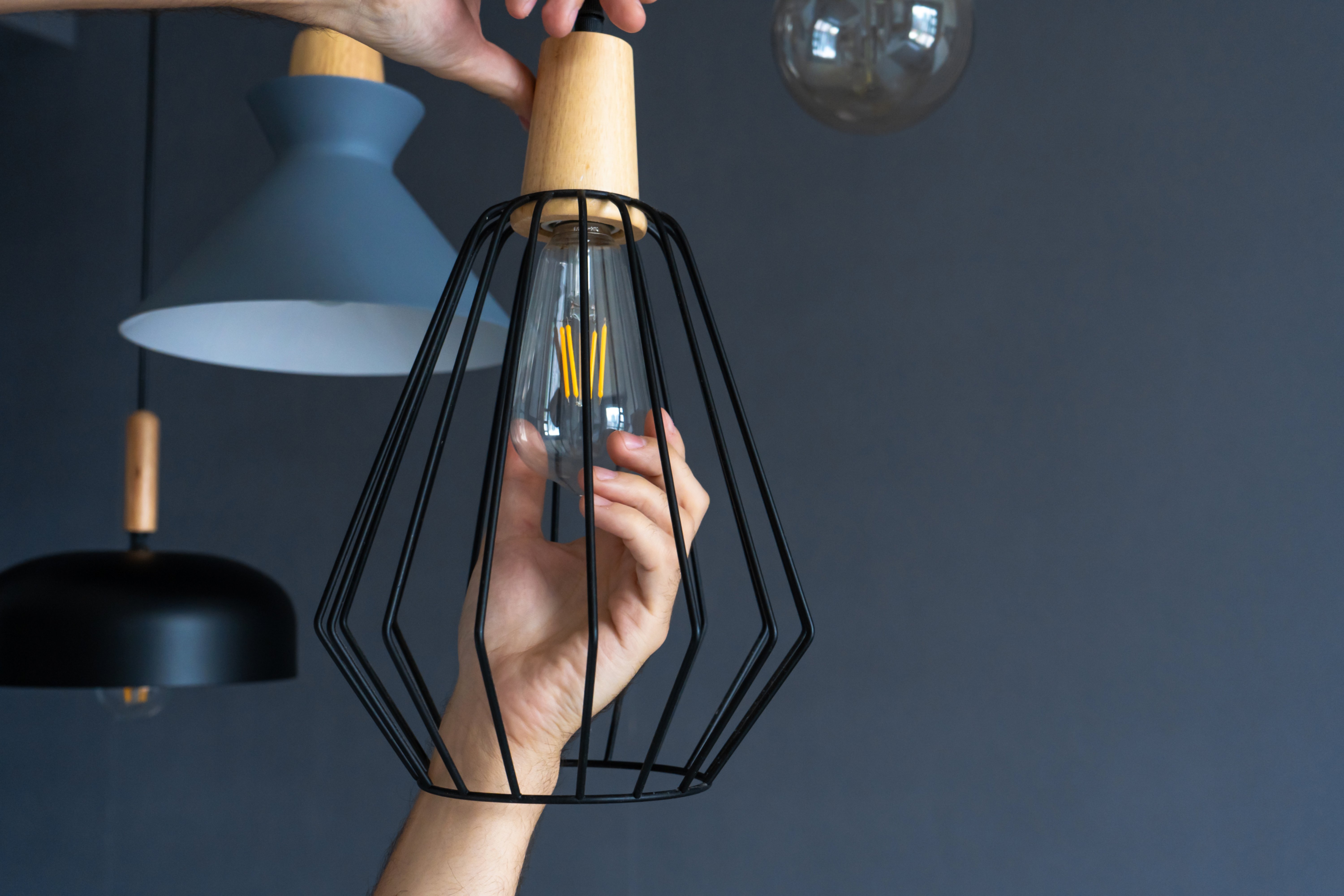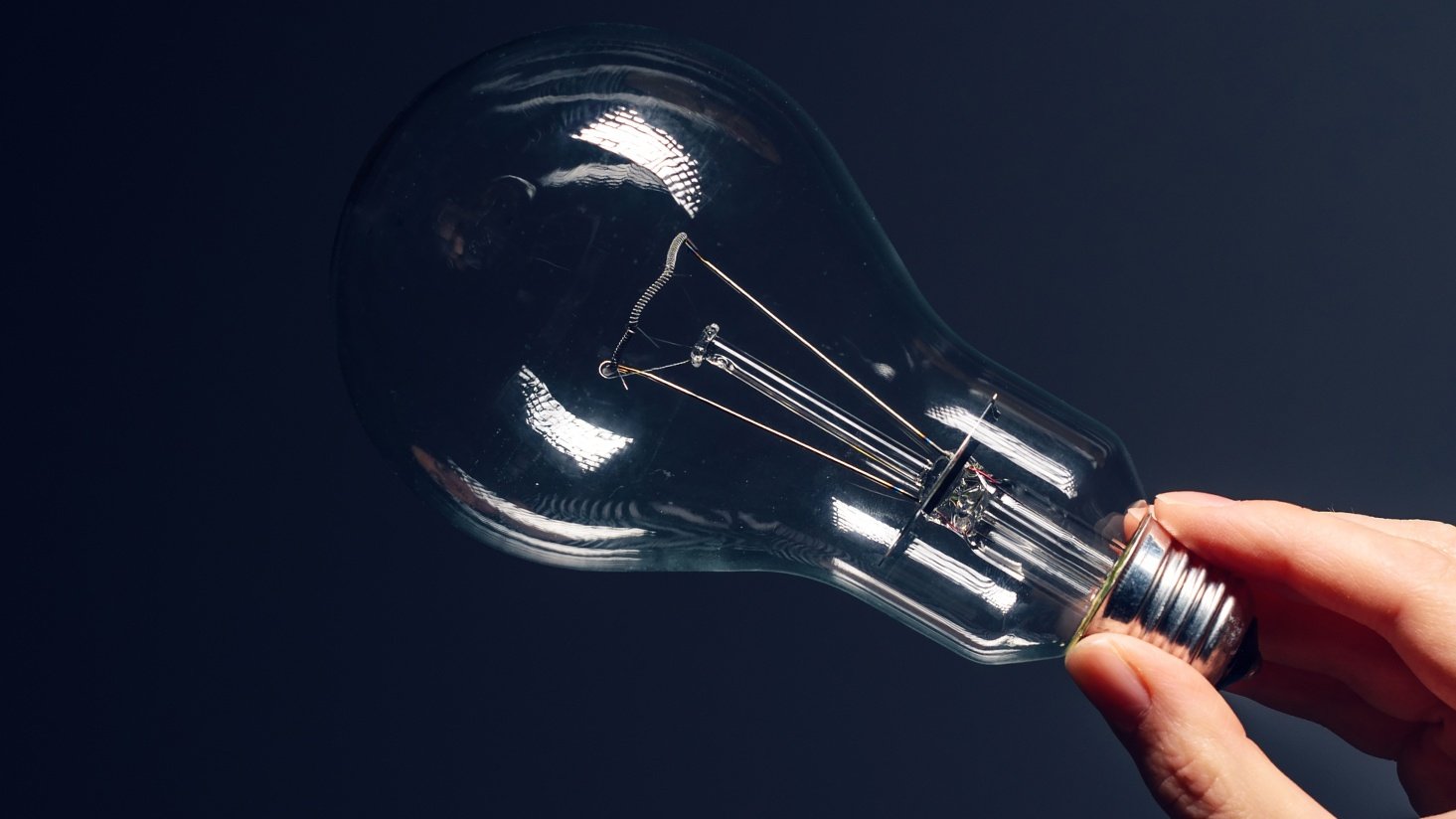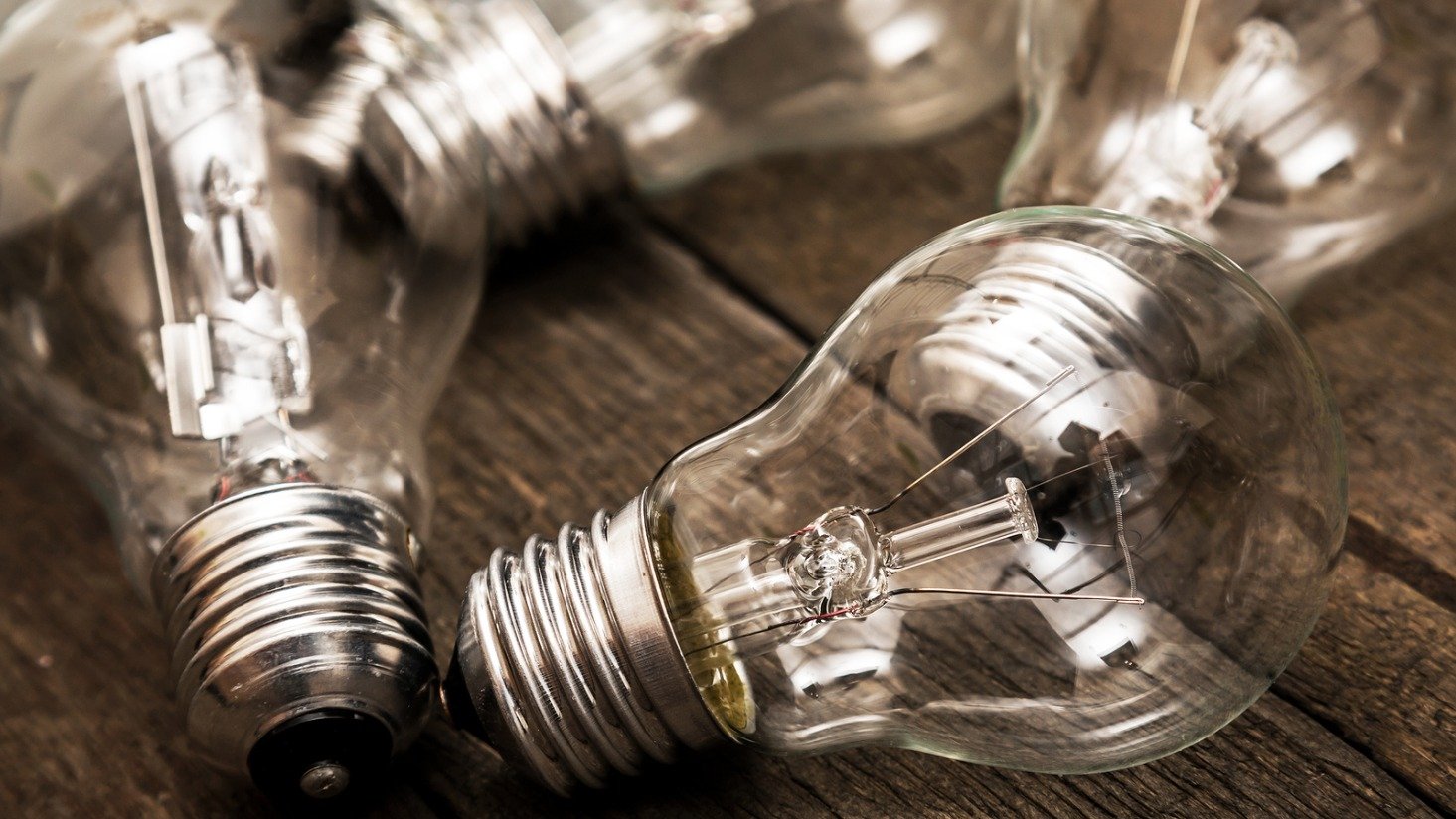Is there an incandescent light bulb ban?
Is there an incandescent bulb ban? The short answer: yes. Most incandescent and halogen products were phased out in 2023. The Department of Energy issued new requirements for lighting products and to put it simply, most incandescent and halogen products didn't make the cut.
How did we get here, and which products are impacted? Those are some of the questions we’ll be addressing.- Incandescent light bulb ban
- Can you still buy incandescent light bulbs?
- Which incandescent light bulbs are still available?
- Incandescent bulbs vs. CFLs
- Incandescent bulbs vs. LEDs

Incandescent and halogen light bulb ban
Incandescent and halogen light bulbs are used in homes and commercial buildings every day. But they've slowly been phased out thanks to the emergence of more energy efficient products, like LEDs.
The end of the incandescent bulb started when former President George W. Bush signed EISA (Energy Independence and Security Act) in 2007. The first tier of standards took effect between 2012 and 2014 and officially phased out 60-watt incandescent bulbs.
Another round of EISA restrictions was scheduled to go into effect on January 1, 2020, but the Department of Energy decided to revert back to previous standards.
Several states, cities, and districts sued the Department of Energy. California, Nevada, and Washington decided to go ahead and ban some general service lamps.
Then, under President Joe Biden's administration, the DOE issued final rules for the definitions of general service lamps (GSLs) and general service incandescent lamps (GSILs).
The Department of Energy's ruling in May 2022 did two things:
- Added new definitions of General Service Incandescent Lamps (GSILs) and General Service Lamps (GSLs)
- Added a 45 lumen per watt backstop for GSILs and GSLs (all CFL and LED products meet that requirement and will continue to be sold)
Without all of the jargon, the new standards require everyday light bulbs (called general service lamps) to use 65 percent less energy than traditional incandescent light bulbs, but still deliver the same amount of light. For more information on the impact of the federal ruling, read our article.
Several states have different requirements for lighting products, outside of the federal ruling. We explain the situation state by state here. 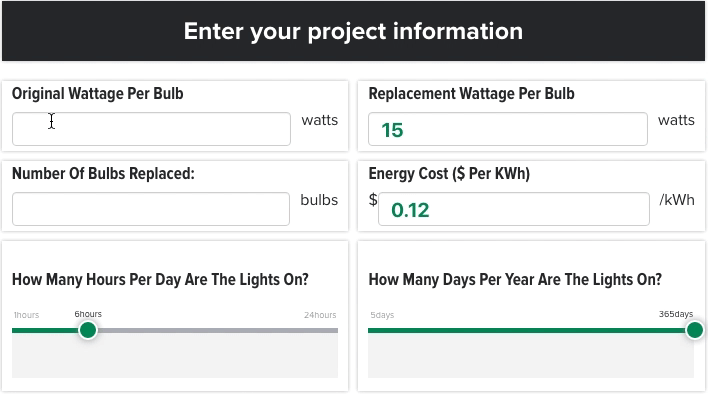
Can you still buy incandescent light bulbs?
You can buy some incandescent and halogen bulbs, as there are some exemptions to the federal ruling. However, since the goal is to move towards more energy efficient light, most products are no longer available because they cannot meet efficiency requirements.
That means there will be a major shift to LED products and a nearly complete phase out of incandescent lighting products.
Which incandescent bulbs are still available?
Some incandescent products are exempt from meeting the new federal ruling. Light bulbs for certain applications — like heat lamps, for example — do not need to meet the new standards.
For a full list of exemption, read the full ruling from the Department of Energy.
Some states have restrictions that are a step further than the new federal guidelines. Refer to our state by state guide for a full look at what can and cannot be sold.
Incandescent bulbs vs. CFLs
Compact fluorescent lamps (CFLs) are one option to replace incandescent lamps. However, states are quickly taking steps to eliminate fluorescent products. CFLs were the first lamps to really barge into the market as an alternative to incandescent light bulbs. They’ve always been much more energy efficient but have a handful of cons that businesses and consumers should consider in the decision-making process.
- CFLs contain mercury – a toxic metal which is bad for the environment and people. This means they must be recycled properly.
- A lot of CFLs don’t dim, making them incompatible with dimmable fixtures you might have in your building or home.
- When compared with an incandescent, the color rendering index (CRI) of a CFL is quite limited.
- Many CFLs come in a spiral shape, causing a lot of people to opt for a traditional bulb-shaped lamp to preserve certain aesthetics.
Comparing average household lamps – Incandescent vs. CFL
| Old incandescent | New (halogen) incandescent | CFL | |
| Average cost | $0.50 | $1.25 | $2.25 |
| Lumens (light output) | 780 | 780 | 780 |
| Wattage (energy usage) | 60 | 42 | 10 |
| Lumens per watt | 13 | 18.5 | 78 |
| Average lifespan | 1,500 | 2,500 | 10,000 |
If you're looking for LED replacements for pin-based compact fluorescents, try these products.
If you're looking into adapters as a CFL to LED retrofit solution, start here.
Incandescent bulbs vs. LEDs
LEDs continue to carve out a bigger territory in the lighting world. A significant part of that trend is tied to the technology’s drop in price, making them immensely more competitive.
The other part of that trend? Energy efficiency. The long lifespans of LEDs combined with their incredibly low energy usage rate give them a corner on the energy efficient lighting market. There is simply no comparison to LEDs in terms of energy efficiency alone.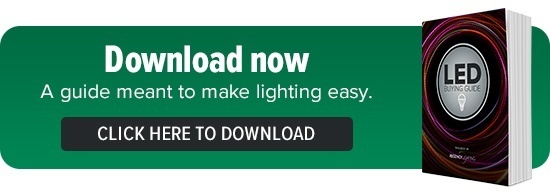
Today’s LEDs are much more affordable than they were even five years ago — and there is still the opportunity for massive energy savings. In most cases, LED light bulbs pay for themselves in a matter of months when replacing LEDs.
Comparing average household lamps – Incandescent vs. LED
| Old incandescent | New incandescent | LED | |
| Average cost | $0.50 | $1.25 | $4.95* |
| Lumens (light output) | 780 | 780 | 780 |
| Wattage (energy usage) | 60 | 42 | 5 |
| Lumens per watt | 13 | 18.5 | 156 |
| Average lifespan | 1,500 | 2,500 | 25,000 |
Questions about incandescent light bulbs
There you have it — all the facts.
If you're ready to find a replacement for incandescent and halogen bulbs, please do not hesitate to contact us. Our team has years of experience finding the right replacement products for multiple applications.

